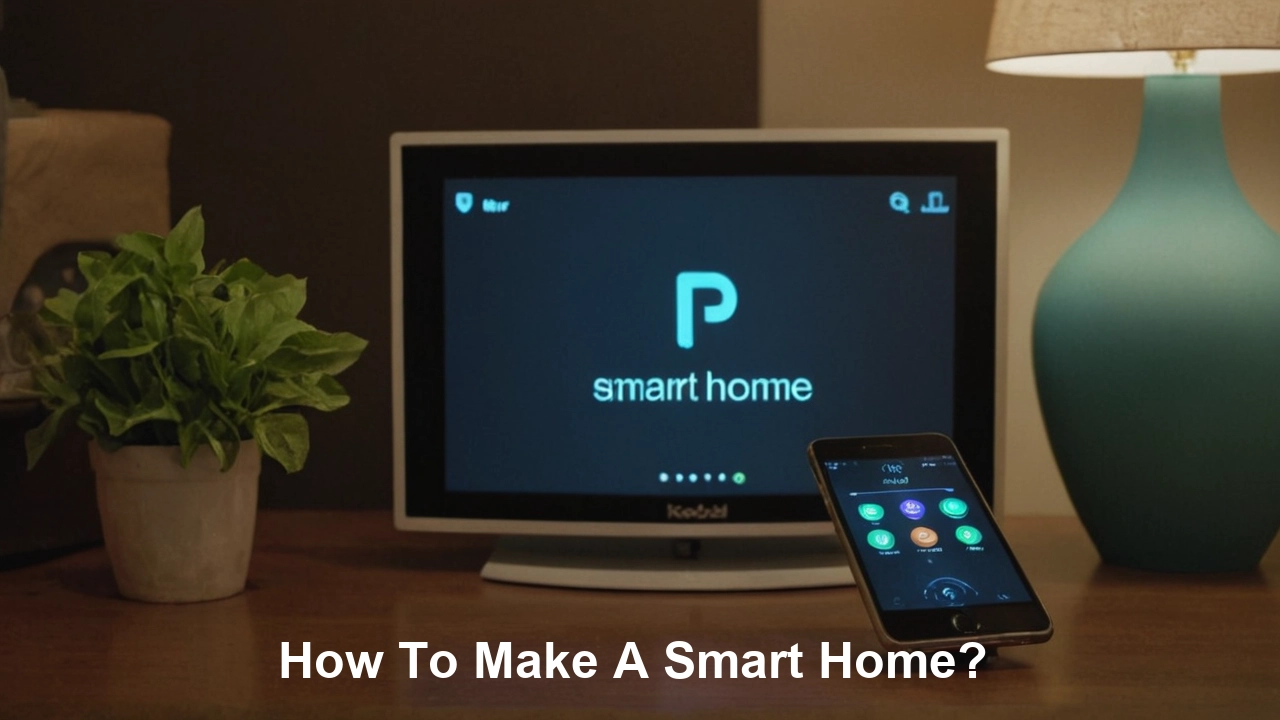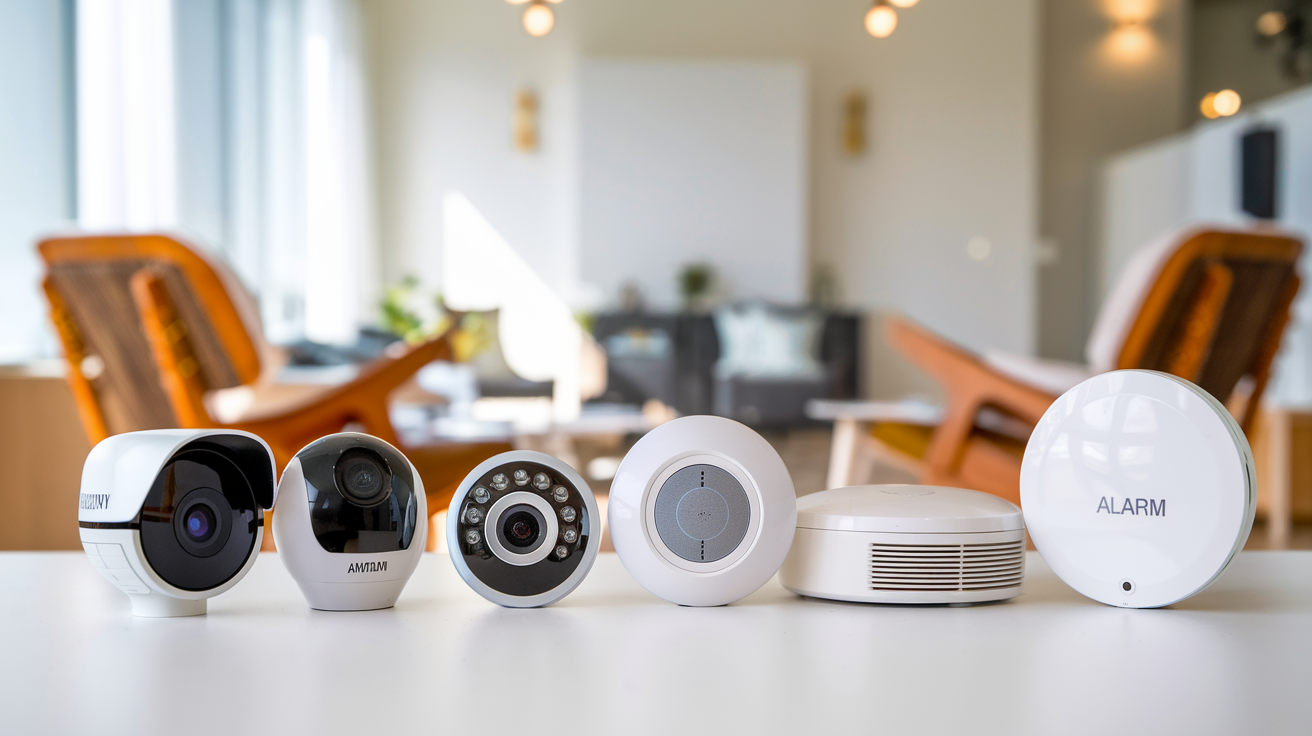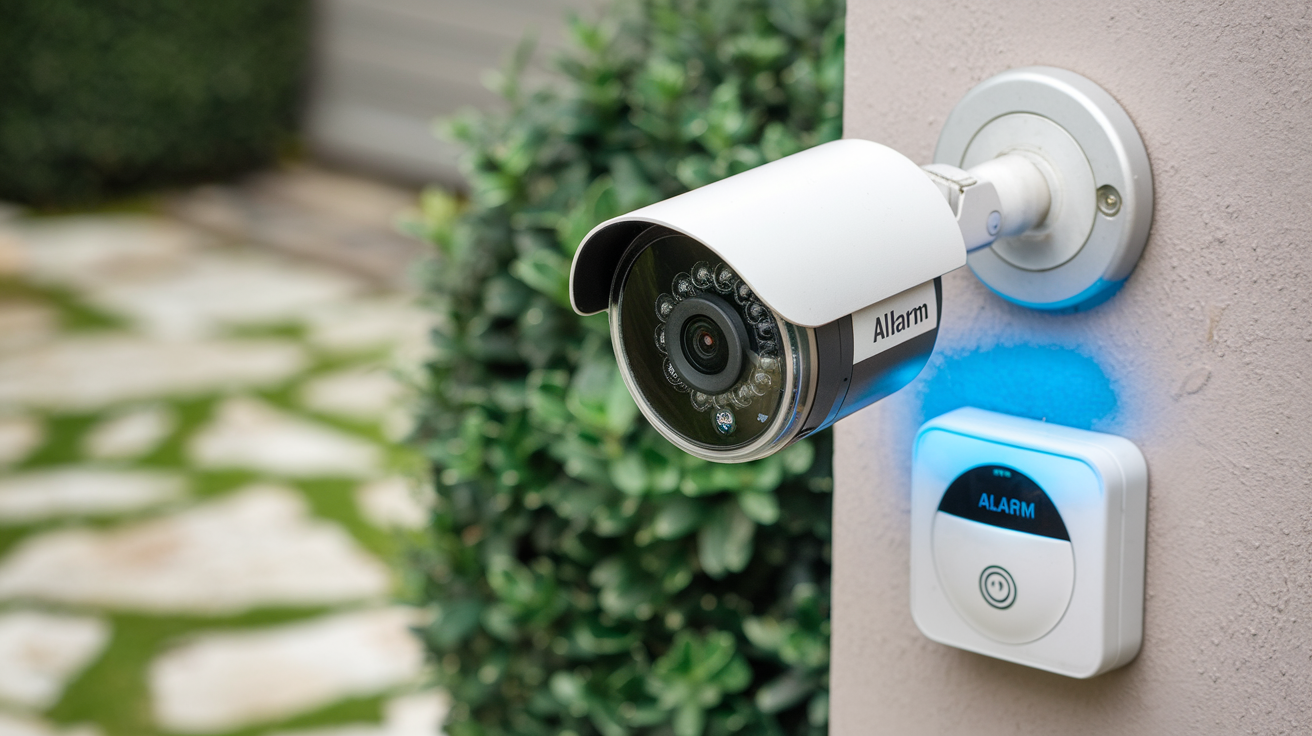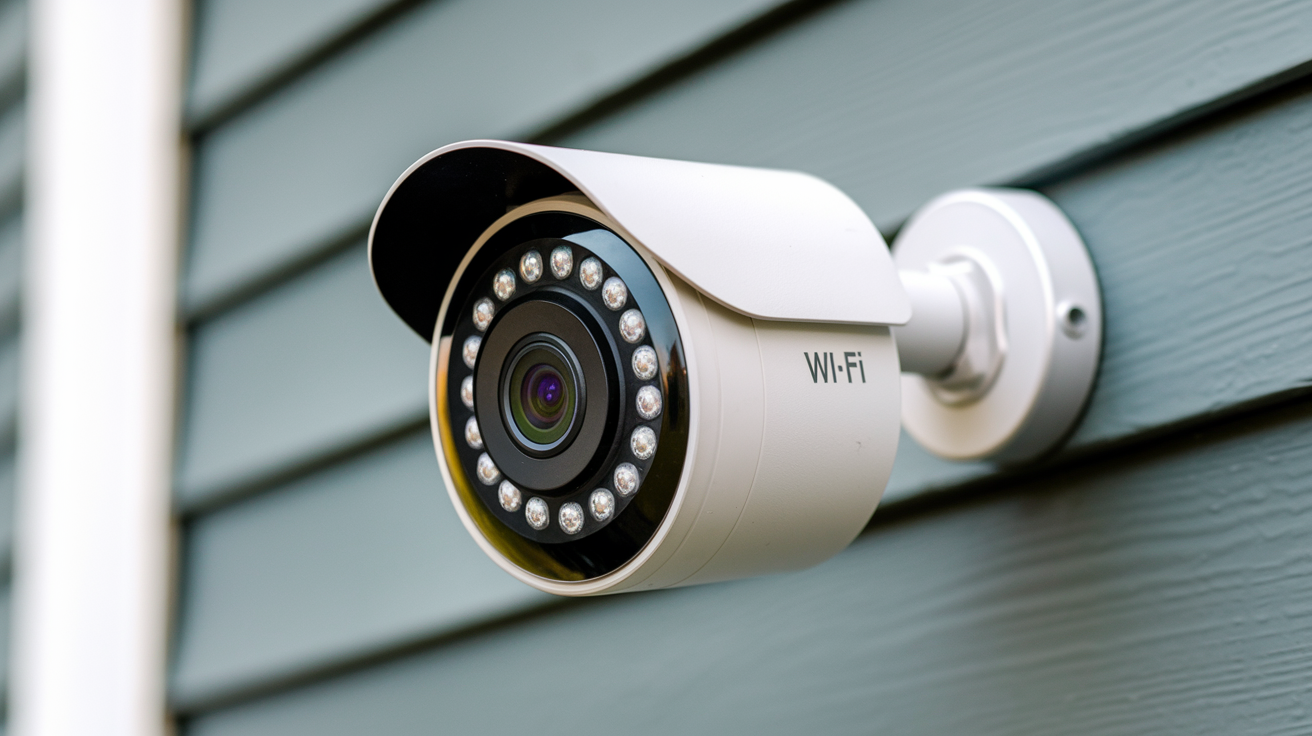Another typical home improvement idea is to make a house intelligent in the sense that the various appliances, equipment, and systems can be operated and made to interact with one another from a remote location. Smart Home Automation technology is set to provide more comfort, safety, energy, and cost savings. If you are planning on incorporating smart devices into your home, here are some tips to help you.
Investigate Smart Devices and Systems The first strategy is to read and gather information on the various possibilities that exist regarding smart devices and intelligent home systems. Some key categories of smart home tech to consider include: Some key categories of smart home tech to consider include:
Smart Speakers and Assistants These include for instance Amazon Alexa, Google Home, and Apple Home Pod which enable voice command and control of other devices. They control all related tech and are thus a one-stop control center for the Internet of Things.
Lighting and Switches Smart light bulbs, switches for walls, and plugs enable you to control the light in your house or some devices connected to it through an application, or a simple voice command. Popular brands include Philips Hue and TP-Link.
Thermostats Home automation devices such as Honeywell Home, Ecobee, and Nest may help you regulate your house's HVAC system and temperature. From your smartphone, they let you change their occupancy sensors, which track use.
Home Tools Leading manufacturers like LG, Samsung, Whirlpool, and GE are adding connection and smart features including use monitoring, maintenance warnings, and control to home devices including refrigerators, ovens, washing machines, and dryers.
Safety Mechanisms Many smart home security systems companies like ADT, Vivint, and SimpliSafe provide professionally monitored systems with features including smart locks, cameras, sensors, and motion detectors which can notify your phone and can also be locked or opened remotely.
Entertainment Systems Smart TV, media hubs, speakers, and gaming systems enable streaming, casting, and Voice command. Some of the most sought-after brands are Sony, LG, Roku, Apple TV, Chromecast, and Amazon Fire TV.
Develop a concept of a Smart Home Once you have identified specific gadgets and capabilities, outline the smart upgrades you want to incorporate today and smart upgrades you may add in the future. Key aspects to consider in planning: Key aspects to consider in planning:
- What is the most important convenience, security, or efficiency of the app?
- Which smart home categories are most important? Determine budget
- Make sure that your devices are compatible with the systems at home – old wiring, WiFi coverage, etc
- Pick products that integrate: Smart home brands that can communicate with each other through systems such as Amazon Alexa, Google Home, Apple Home, or SmartThings using the same voice commands and smartphone app interface.
- It is okay to begin with a few cheap, practical devices if necessary and develop the system further in the process.
This means that you need to ensure that your WiFi signal is strong in all areas to mean that you have good coverage. Most of the smart home devices require them to be connected to your home WiFi network to allow for smartphone control and voice commands. When you connect more smart devices, a good router and WiFi connection system becomes more essential. Key factors to enable good coverage:
- This should target WiFi 5 and WiFi 6 routers and ensure they support the latest WiFi standards.
- To cover a home with the wireless mesh router systems Eero, Orbi, and Google Nest.
- Make sure the router is centrally located and not in the basement or at the furthest end of the house.
- WiFi extenders or access points in the dead zones of WiFi
- Ethernet backhaul for mesh router satellites and connections for fixed smart devices such as security cameras
For the New Integrated Smart Hub Platform Currently, many smart home brands are developing devices and functions based on a single control center or platform for all connected products. Key platforms to consider include: Key platforms to consider include:
Amazon Alexa / Echo: Employ Echo smart speakers or displays as the central device connecting Amazon and other compatible products and services. Can be operated through the Alexa voice commands, smartphone application, or the inbuilt car dashboard.
Google Assistant/Home - Same voice assistant functionality utilizing Google Home speakers and integrating Made for Google smart home devices.
Apple HomeKit Apple home automation interface that controls products through iPhone/iPad and voice assistant Siri. Apple TV or HomePod as the main hub.
Samsung SmartThings: Open platform that integrates with hundreds of third-party smart devices for custom automation. A new hub is needed for effectiveness and efficiency.
Philips Hue smart lighting The original Hue product was only lights but bridges work with other products now as well. Operated by an application, or with the help of voice commands.
Maximize Convenience, Security, and Efficiency When installing individual smart devices and systems, make sure you carefully implement the key features that will deliver real everyday value like When installing individual smart devices and systems, make sure you carefully implement the key features that will deliver real everyday value like:
Smart speakers with voice control should be placed in the most commonly used zones of the house. Smart lighting scenes for convenience and energy-saving purposes Smart door locks along with security cameras monitoring all the accesses with motion chime. A smart thermostat that controls temperature according to the usage pattern as well as the preference of the users. Smart kitchen and laundry appliances that alert when the cycle done
Begin with the updates that matter the most to daily convenience, home security, energy consumption, and family requirements. The real benefit of a smart home is the time and stress saved when it comes to locking doors, switching off lights and appliances, setting the thermostats, and knowing what is going on when one is away from home.
Refine Automations Over Time One of the biggest benefits of smart homes is the ability to program automation which makes the devices and the systems operate on their own in response to a schedule, activity, or trigger without having to control them manually. However, it is not advised to start with complicated custom automation where you do not even know how to use a device and connect it properly. Some automation you may want to set up include:
- Switch on porch lights when the sun sets.
- Ensure that all the exterior doors are locked when leaving the GPS location.
- Increase temperature when the alarm is switched off in the morning.
- Flash front lights if security cameras detect movement at night
Begin with 1-2 significant automation and tweak after using the system for a while. When unrelated objects interact automatically with each other, whether in turn or simultaneously, the experience can become irritating and bewildering.
Protect Your Connected Systems and Outcome Devices, Of course, being able to have dozens of gadgets connected and available over WiFi does pose additional security risks. Be sure to take key steps to lock down your smart home: Be sure to take key steps to lock down your smart home:
- Reset default device passwords to use different credentials
- Use 2-factor authentication whenever possible
- System updates should include firmware updates and security patches.
- Use main private WiFi for connection of all devices and guest WiFi for visitors and temporary connections.
- Examine smart device usage data acquisition and sharing consent
- Lock the smartphone control apps whenever they are not in use.
Of course, the ability to control your home from anywhere with your phone is a great feature of smart homes, but it entails more risks of hacker attacks. However, adhering to best practices in password management, network access, and data sharing helps greatly in securing the connected systems.
Smart homes in particular bring a whole new level of convenience, effectiveness, opportunities, and security. This means researching products, defining budgets, constructing plans, and paying attention to functionality that adds real value to an intelligent home that reflects your way of life.
Protect your home today with ADT’s top-rated security solutions!
Call now at +1 877-470-7879 to get a free consultation and find out how you can secure your home with the best in the business. Don’t wait—ensure your peace of mind with ADT!






